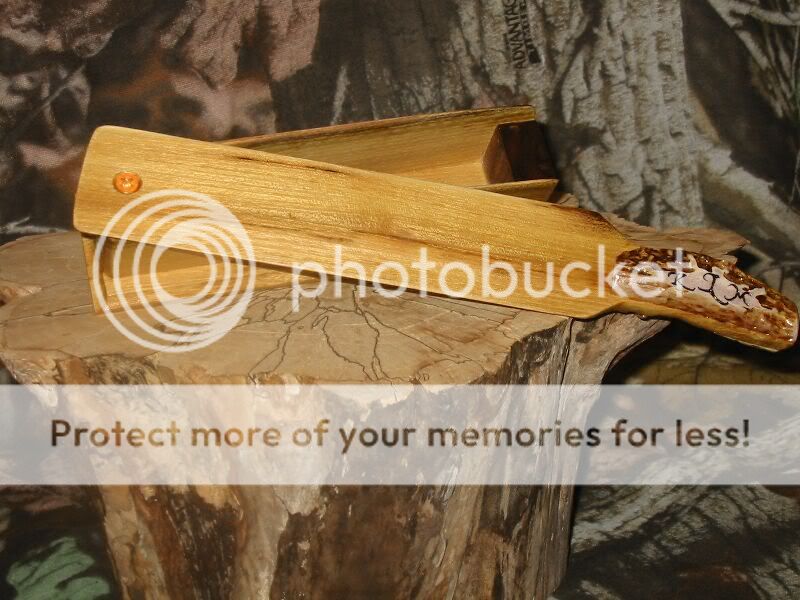Hi gang.
I recently got a hold of my uncles sawmill jig for a chain saw. I have had great luck with it. I have 5 great slabs of Sugar Maple from father inlaws back yard and 9 slabs of Black Cherry from the farm. I plan on making a couple great rifles for the boy's when they come of age. Getting to my question, walking through the woods at the farm i notest a lot of Black locust and Honey locust. Would these trees make good stocks and do Locust have any redeming qualitys or figure?
I recently got a hold of my uncles sawmill jig for a chain saw. I have had great luck with it. I have 5 great slabs of Sugar Maple from father inlaws back yard and 9 slabs of Black Cherry from the farm. I plan on making a couple great rifles for the boy's when they come of age. Getting to my question, walking through the woods at the farm i notest a lot of Black locust and Honey locust. Would these trees make good stocks and do Locust have any redeming qualitys or figure?





